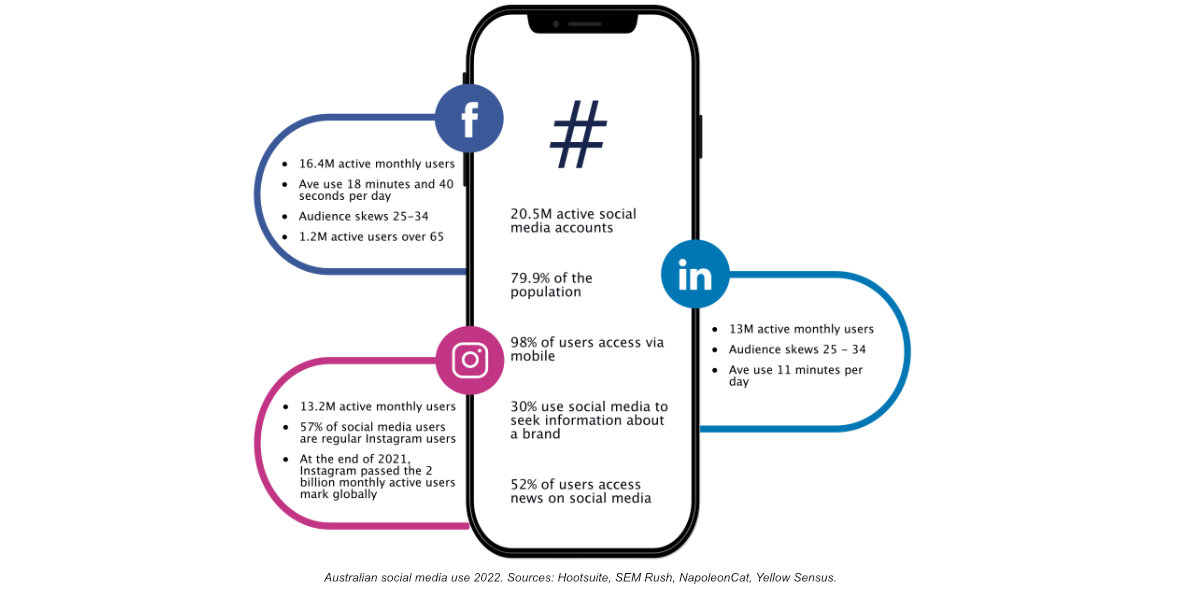This page seeks to help business leaders apply effective strategic marketing by offering step by step advice on the entire marketing process. From establishing objectives to developing an effective marketing strategy and executing your marketing plan.

All marketing should be strategic. It's just that a lot of it isn't.
There are many definitions of marketing. Perhaps the best and most succinct version is provided by Professor Philip Kotler, the father of modern marketing. It is "meeting the needs of your customer at a profit".
To meet the needs of your customer at a profit requires a deep understanding of people and markets. And also of your business' strengths and weaknesses and that of your competitors. To create actions that are effective and from which the company can derive income, therefore, must be strategic.
So, you can think of strategic marketing as a series of actions that are directed by an effective strategy. And effective marketing strategy is determined from knowledge of, and deep insights into every interdependent component. From the buyer to the brand and the organisation that delivers it.


Like all things in life and work, it makes a big difference when you know where you’re headed. We know it can be tough to know where to start and how to set realistic targets, so here are some helpful tips to help you with your marketing goals.

Objectives are well defined by the trusted method of setting SMART goals:

Starting with business objectives comes first. To keep things simple, we’ll start with helpful round numbers and five fundamental objects:
To reach your business objectives, your sales and marketing team will need to achieve:
Then, if you know your customer retention rate, you can also describe the gap between existing sales and the future target:

To determine the number of leads required to achieve the required new business, we need to know or estimate conversion rates. In doing so we can calulate the quanty of website visitors to feed the funel and number of leads required to achieve the required sales.
| Website Visits | Quantity | |
| New Leads | <value> | <value> |
| New Customers | <value> | <value> |

The most straightforward description of strategy is: the pathway chosen to navigate towards the objectives and vision of your business.
There are often many ways to achieve any given task, so the role of a good strategy is to identify the path that offers the highest probability of success & efficiency.


At Poignand Consulting, we believe that effective brand strategy and the value that it seeks to unlock lies at the intersection of deep customer insight and your business’s core strengths. We advocate a purpose-driven approach to brand strategy.
Brand purpose intends to develop an opportunity for an emotional connection between your target audience and your brand.


Inbound marketing is a contemporary and highly effective approach that helps the right buyer to find your brand. Inbound marketing is content driven so it requires a solid content marketing strategy.
The three key stages of Inbound are:
Attract potential buyers: How will you be found amongst the legions of competitive offers online?
Capture leads: Capturing leads is driven by a value exchange, where the buyer recognises your brand a useful and valuable source of information, and rewards you with their contact information.
Nurture leads: Nurturing leads is the process of providing highly relevant information to the point of qualification as a potential customer.
A critical strategic decision is the allocation of priorities within the inbound approach, according to your business objectives.

This is who does what when and how much will be invested.
It summaries the projects that will be required to execute your strategy.
The budget, while being just numbers in the document are a highly strategic component of your marketing plan.

The saying goes that ‘strategy is nothing without execution’. The ability to execute as one of the defining aspects of an effective strategy. Furthermore, the best-designed strategy has to be well executed to be effective.
Today' marketers must justify their budgets and prove their worth by showing attributed results. Every activity must be measured, and every effect must have an attributed cause. The data that helps you to properly invest in marketing and know that the money spent has a positive return on investment.


The continuing rise of AI-driven automation is moving marketing and sales ever closer to that perfect place of saying the right thing to the right person at the right time. In other words, to be relevant.
Want to learn more? Automation: A better experience for customers and business

SEO stands for 'search engine optimisation'. It's a process of optimising your website content to help Google deliver more of the right people to your site. It's essential to consider your SEO strategy and dedicate some time to getting it right.
We recommend this article: SEO: Ten simple steps to get found online with Google search

Social media channels are a vital part of every marketing plan. They facilitate the amplification of your messages to followers and provide a range of high-reach, precisely targeted advertising solutions.
The social media landscape is evolving, with new platforms surfacing each year and new features added to long-standing platforms regularly.
The top three social media platforms in Australia are Facebook, Instagram and LinkedIn.
More on social media:Search Engine Marketing, otherwise known as SEM, is the process of advertising your business under carefully selected search terms to help attract the right people to your website. SEM works hand in hand with your SEO strategy and overall content marketing plan. So while it is a valuable part of your marketing mix, it should not be thought of in isolation.
Remember:
